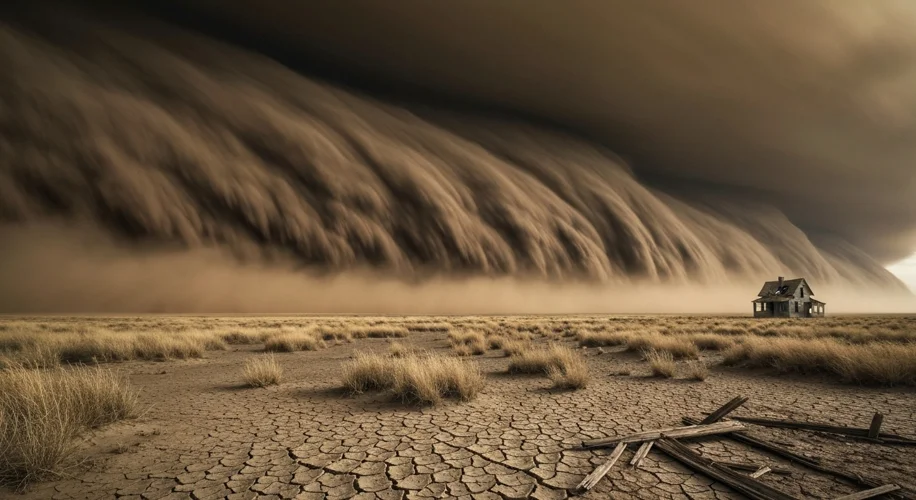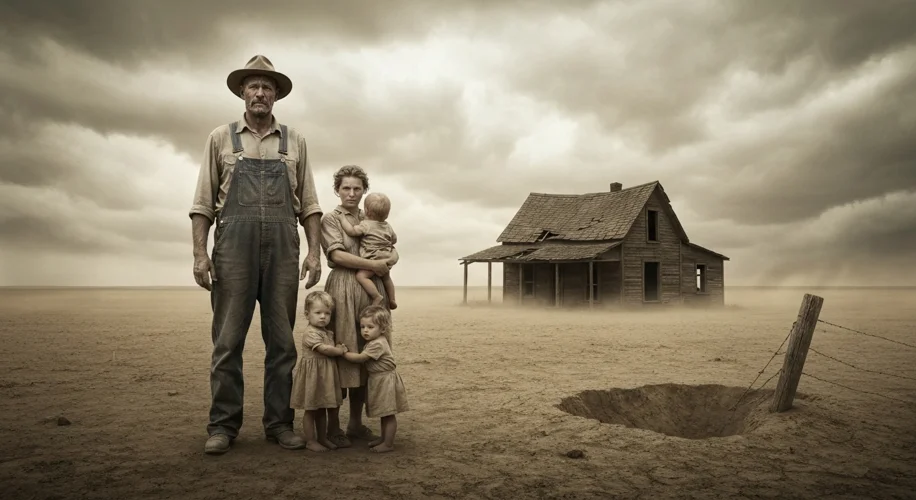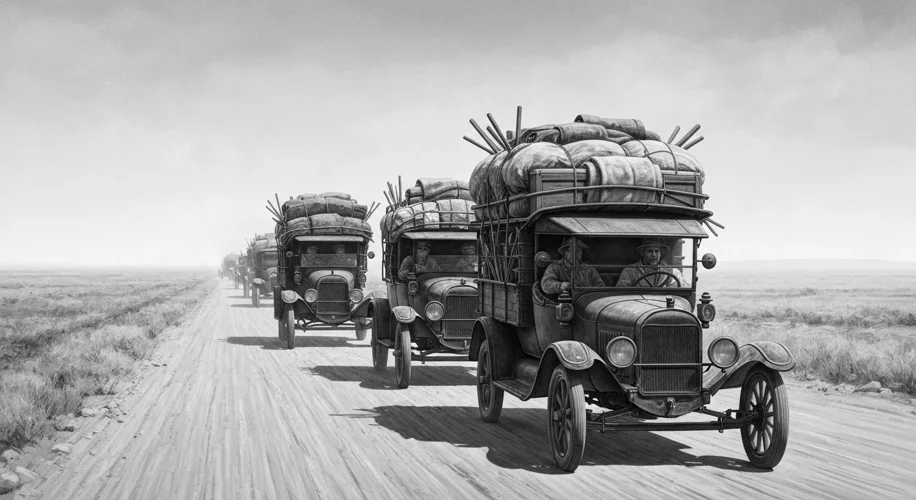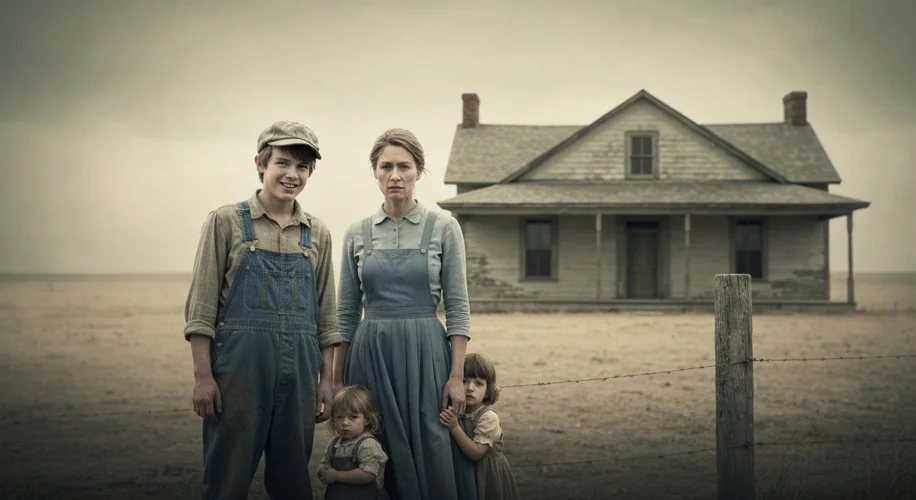The year is 1935. Imagine standing on the Great Plains of America. The sky, once a brilliant cerulean, is now a suffocating, suffocating brown. The air, thick with grit, stings your eyes and coats your throat. This wasn’t a distant storm; it was the relentless, choking embrace of the Dust Bowl, a man-made ecological and human catastrophe that gripped the heartland of America in the 1930s.
For decades leading up to this environmental Armageddon, the American frontier had been a siren song of opportunity. Settlers, lured by the promise of fertile land, pushed westward, eager to cultivate the vast expanses of the Great Plains. They saw an endless ocean of prairie grass, a canvas for their agricultural ambitions. However, this vision of prosperity was built on a foundation of ecological ignorance.
The prairie grasses, with their deep, intricate root systems, had for millennia held the soil in place, a natural bulwark against wind and weather. But as pioneers and later commercial farmers arrived, they began to “plow under” these native grasses. The practice of intensive farming, often without crop rotation or fallowing, stripped the land bare. The soil, exposed and vulnerable, was tilled with newfangled machinery, breaking down its natural structure. The idea was simple: more wheat, more money. The consequences were anything but.

Then came the drought. Starting in 1930, a severe and prolonged dry spell descended upon the Plains. The sky refused to weep, and the land began to crack. Without the anchoring roots of the prairie grasses and with the topsoil pulverized by modern farming techniques, the land was ripe for disaster. The slightest breeze, once a gentle caress, now became a furious sculptor of dust.
These were not ordinary dust storms. They were “black blizzards,” towering walls of earth and debris that blotted out the sun, sometimes for days. They rolled across the plains like monstrous, suffocating waves, burying fences, suffocating livestock, and inundating homes. Imagine waking up to find your entire world buried under a thick blanket of dust, your furniture caked in grime, your lungs burning with every breath. Families were forced to stuff wet rags around windows and doors to keep the dust out, creating an interior world that was still oppressive and suffocating.
Key figures in this unfolding tragedy were the farmers themselves, caught between the desire to make a living and the brutal reality of their environment. They were often referred to as “Okies” or “Arkies,” pejorative terms hurled at the desperate migrants fleeing the dust-choked states of Oklahoma, Kansas, and Texas. These were families who had lost everything – their farms, their livelihoods, their homes. John Steinbeck’s “The Grapes of Wrath” immortalized their plight, painting vivid pictures of their arduous journeys west to California in search of work and a new beginning, often met with suspicion and hostility.
Government intervention, while belated, eventually played a crucial role. President Franklin D. Roosevelt’s administration implemented programs aimed at soil conservation. The Soil Conservation Service (SCS), established in 1935, taught farmers new techniques like contour plowing, strip cropping, and planting windbreaks. These measures, alongside the eventual return of rain in the 1940s, began the slow process of healing the land.

The Dust Bowl was more than just a series of dust storms; it was a stark lesson in the fragility of ecosystems and the profound impact of human activity. It underscored the importance of sustainable agricultural practices and the need to respect the natural world. The ecological devastation forced a reckoning with the very methods of farming that had promised prosperity. It led to a fundamental shift in how Americans viewed their relationship with the land.
The migration of hundreds of thousands of people from the Plains reshaped the demographic landscape of the United States, particularly on the West Coast. The social and economic consequences of this mass displacement were felt for generations. The “Okies” and “Arkies” faced prejudice and hardship, yet their resilience and eventual integration into new communities also contributed to the rich tapestry of American society.

In retrospect, the Dust Bowl serves as a powerful historical precedent for contemporary environmental challenges. It reminds us that ecological balance is a delicate thing, easily disrupted by short-sighted exploitation. The “black blizzards” that choked the Plains were a potent symbol of humanity’s capacity to inadvertently devastate its own environment, and the subsequent efforts to rebuild and conserve the land offer a testament to our ability to learn, adapt, and strive for a more sustainable future.
The scars of the Dust Bowl, though faded, remain etched in the memory of the American landscape and its people, a somber reminder of a time when the very earth seemed to turn against those who worked it.

